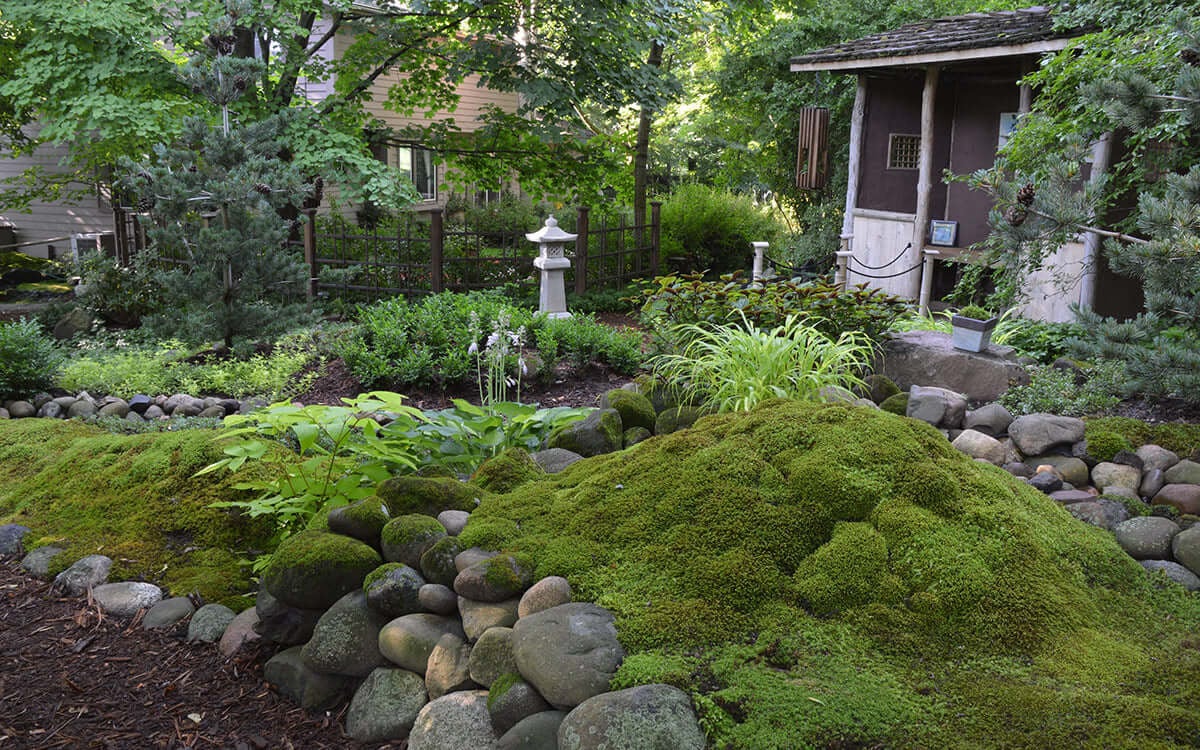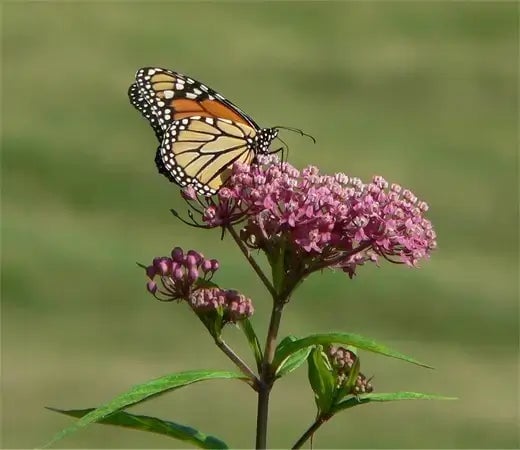When you grow milkweed, your garden will reward you with beautiful monarch butterflies. The native perennial plant is a food source and living space for these well-known pollinators. Milkweed contributes to biodiversity support while providing bright colors and structural elements to any garden space. If you apply the proper methods and plan your gardening strategy, you can grow milkweed successfully and appreciate its beauty.
Choosing the Right Milkweed Variety
Different Asclepias spp. Various milkweed varieties thrive in diverse climates and environmental conditions. Research local milkweed species that thrive in your area before planting. Gardens with moist soils should plant swamp milkweed (Asclepias incarnata), while butterfly milkweed (Asclepias tuberosa) grows best in dry, well-drained conditions. The adaptable Common milkweed (Asclepias syriaca) is popular among gardeners who wish to attract monarch butterflies.
Select your variety based on your local climate and the specific layout of your garden space. Certain milkweed species reach impressive heights, making them perfect for back borders, whereas other species remain compact, integrating well into smaller garden areas. The flowers show a spectrum ranging from soft pink to vibrant orange, allowing you to create different garden designs.
Native perennials that benefit pollinators, like purple coneflower, blazing star, and goldenrod, work well when paired with milkweed. Creating a haven for butterflies and other beneficial insects is possible by planting milkweed with other plants that produce nectar.
How to Plant Milkweed
Although milkweed planting is straightforward, proper soil preparation greatly influences its growth success. As your first step, choose an area that receives abundant sunlight. Full sun provides the best conditions for most milkweed species, but some varieties will grow under partial shade. Plant soil should fulfill the exact requirements of the plant, which means it needs to be either moist or well-draining.
Scarify the milkweed seeds before planting to enhance their germination process. The seed coat must be carefully nicked or sanded during this process. Storing milkweed seeds in the refrigerator for several weeks through cold stratification simulates winter conditions, which leads to improved germination rates. Plant milkweed seeds straight into the ground during late fall or early spring while pressing them gently at the surface without deep embedding. Apply water carefully to the planting area so seeds can establish proper contact with the soil.
Plant milkweed plants bought as plugs or bare roots during the spring or early summer. Dig a planting spot twice as broad as the root ball before setting the plant inside and filling the space with soil. Apply deep watering to support root establishment, and use mulch around the base to maintain moisture levels and control weed growth.
Milkweed reaches optimal growth conditions by naturalizing over time. Avoid applying herbicides and pesticides, as these substances damage butterflies and other helpful insects.
Caring for Milkweed Throughout the Seasons
Milkweed survives well as a perennial plant but demands specific care to flourish. Plants need more attention in their initial establishment year and should be maintained regularly during their growing season. Mature milkweed plants develop drought resistance and need watering only at infrequent intervals.
Keep milkweed stalks standing during the late fall season. Native bees and other insects find winter shelter inside milkweed's hollow stems. During spring garden maintenance, you should remove dead stalks to stimulate fresh growth. Milkweed plants can self-seed without human intervention and naturally expand to form more significant areas supporting butterfly populations.
After milkweed flowers open, they should be deadheaded. This practice prolongs the blooming season and maintains garden tidiness. Keep some seed pods on the plants when cultivating milkweed to draw monarch butterflies to your garden. The fluffy seeds spread naturally, leading to future plant growth and maintaining your garden as a butterfly-friendly area.
Orange milkweed aphids frequently gather on milkweed plants. Although these insects might look concerning, they do not typically damage the plant. Do not apply insecticides; remove aphids by washing them with water or letting ladybugs manage their numbers naturally.
Supporting Pollinators with Companion Plants
Plant native perennials alongside milkweed in your butterfly sanctuary garden to attract more pollinators. Joe Pye weed (Eutrochium purpureum), black cohosh (Actaea racemosa), and wild bergamot (Monarda fistulosa) supply nectar, while their different blooming periods and colors enhance milkweed.
Joe Pye weed's tall stems and pale pink flower clusters draw in butterflies, bees, and hummingbirds. Joe Pye weed thrives in wet soil conditions and areas with plenty of sunlight, making it a perfect plant to be paired with swamp milkweed. Black cohosh creates vertical elements in shaded gardens with white flower spikes that attract bees as pollinators. Wild bergamot, which gardeners know as bee balm, creates lavender flowers that butterflies cannot resist.
Planting various species in your garden allows pollinators to access a year-round food supply during the growing season. This approach benefits biodiversity while keeping your garden full of color and life.
Milkweed and Monarch Butterflies
Monarch butterflies depend on milkweed because it is the exclusive plant where their caterpillars develop. Monarchs put their eggs only on milkweed leaves, and the emerging caterpillars consume this plant's foliage. The monarch butterfly depends on this relationship to complete its life cycle and survive.
Besides serving as food for monarch butterflies, milkweed is a protective agent. The plant's toxic cardenolides enter the caterpillars' bodies as they feed. Due to these toxins, predators find the monarch caterpillars and adult butterflies unappetizing.
Milkweed populations have fallen dramatically because of habitat destruction and pesticide application, resulting in decreased numbers of monarch butterflies. Growing milkweed in your garden lets you help stop this trend while offering monarch butterflies a protected environment.
During late summer and early fall, you can observe the remarkable phenomenon of monarch butterfly migration. The adult butterflies make your garden their pit stop to feed on nectar before proceeding with their migration journey. Watching monarch butterflies shows how vital planting milkweed and supporting pollinator habitats are.
Growing Milkweed for Future Generations
When you plant milkweed, you embrace both gardening and a pledge to maintain biodiversity while helping pollinators survive. Experienced gardeners and beginners can connect with nature and make a difference by growing milkweed.
Creating a flourishing habitat for butterflies requires selecting native varieties and maintaining healthy plants in seasonally prepared soil. Adding Joe Pye weed, black cohosh, and wild bergamot alongside milkweed benefits the garden ecosystem and makes the landscape more visually appealing.
Eventually, your milkweed garden will transform into an active center where butterflies dance among colorful flowers. When you see monarch caterpillars feeding on leaves and butterflies delicately drinking nectar, you will understand your importance in helping nature thrive. You can support environmental health through milkweed cultivation while guaranteeing that upcoming generations witness the beauty of butterflies.
Read more

Go through our video

Wetland ecosystems owe much of their diversity to cattails, which do more than stand as their signature plants. Cattails stand as proof of nature's enduring strength and inventive adaptability.


